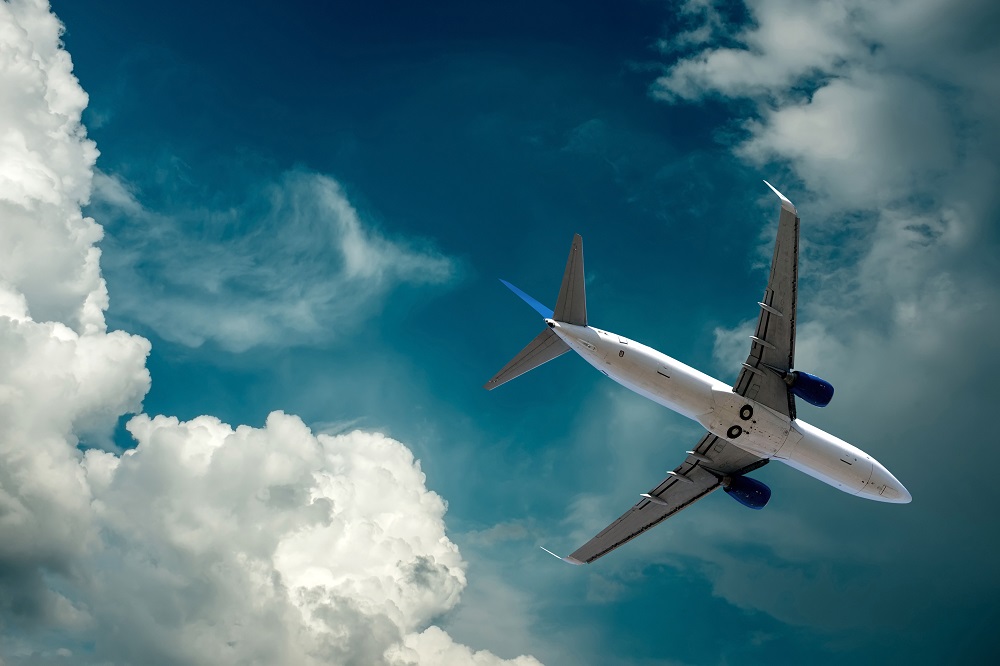For years, the aerospace and defense industry experienced rapid growth. In fact, manufacturers delivered a record number of aircraft in 2018. Though they weathered a slight decline in 2019, the industry was expected to rebound quickly in 2020, spurred by an increased demand for commercial air travel, defense, and even space tourism.
But then the COVID-19 pandemic hit — and all expectations were shattered.
Where Aerospace and Defense Stands Post-Pandemic
Recovery looked promising for the commercial aircraft market after the hit it took when the Boeing 737 MAX was taken off the market. But as COVID-19 shut down a majority of commercial air traffic, airlines grounded most of their fleets — and carriers cut flight schedules anywhere from 60 to 95 percent.
Currently, commercial air traffic isn’t expected to return to pre-pandemic levels for as long as three years. In a post-pandemic world, however, a near equal number of people plan to travel to visit family and friends (57 percent), go on vacation (56 percent), or on a business trip (55 percent).
By contrast, the defense market is expected to stay relatively stable. In the U.S., military projects are still a priority for government officials. Because defense is classified as a critical infrastructure sector, production of defense aircraft continues despite shutdowns. Meanwhile, the market for spacecraft is expected to grow by 12 percent annually from 2020 to 2025, presenting new opportunities for private companies looking for ways to boost revenue.
What’s important to note is the market for commercial aerospace is expected to recover in 2021, reaching $3.3 billion by 2025. A demand for increased fuel efficiency will result in lighter weight materials, which is expected to drive this growth.
In preparation of this recovery, metalworking shops that specialize in aerospace and defense should be made aware of these top trends.
Replacement Parts May Drive Orders
With revenues falling due to grounded flights, airlines may focus more on replacement parts — keeping existing aircraft in service rather than replenishing fleets. Companies began canceling orders for aircraft as early as April 2020. One company canceled an order for 75 Boeing 737 MAX planes simply due to decreased demand.
Airlines are also under pressure to lower operating costs.
That’s why they will likely modernize existing fleet aircraft to be more fuel-efficient, making up for lost revenue from reduced schedules and canceled flights.
Passenger Behavior May Change Aircraft Order Types
When passengers begin flying again, they will likely choose short flights and domestic travel, both for comfort and to comply with various government restrictions. As it stands now, 77 percent of U.S. consumers won’t take a domestic flight in the next three months. Plus, the average length of a trip is expected to drop by 8.5 percent globally, leading to a new demand for narrow-bodied aircraft and a switch from two-aisle planes to single-aisle planes.
Potentially Stable Demand for Rocket Launches
A combination of public and private sector launches and the recently announced Space Force may stabilize the demand for rockets and associated spacecraft. NASA schedules show a steady stream of rocket launches in 2020 as SpaceX continues to send even more crafts into outer space. The most recent launch was just a few months ago, on May 30.
Meanwhile, Blue Origin and Virgin Galactic (the space system division of airline company Virgin Atlantic) are developing their own spacecraft, which may fuel more space exploration as they test suborbital spaceplanes. The private space launch market is expected to boom over the next two to five years.
Military and Defense Spending to Remain Stable
In the U.S., the pandemic has not significantly affected the military and defense sector of aerospace, according to research from Deloitte. There may not be major growth, and the sector may even flatten, but the country is still planning to keep shoring up its defense industrial base.
The challenge may be in supply chain stability, as the pandemic has caused disruption that may lead to delays and cost overruns. Meanwhile, the results of the November 2020 elections should not have a massive effect on defense budgets through 2022.
More Use of Composites
Carbon, glass, and aramid composites are all expected to see increased use for parts, and there will be more recycling of these composites too. Keep in mind: Composites can be more difficult to machine, particularly those that are composed of layers of materials. This can require using different machining techniques and tooling and cutting fluids. Choosing a specially formulated and tested synthetic fluid is best for composites because it helps inhibit delamination, softening, surface aberrations, and does not form much foam.
Post-Pandemic World Holds Opportunity
Despite the challenges created by the pandemic, there will be substantial opportunity for aerospace and defense components manufacturers. It may require shifting operations and focus — such as from commercial aircraft to spacecraft. Either way, manufacturers should adjust to changing demand and prepare for an uptick in aircraft orders. Though it won’t happen right away, it should begin to rise within three years.
For help optimizing operations or choosing the right coolant for aerospace and defense applications, contact Master Fluid Solutions at +1 800-537-3365 or email us at [email protected].

